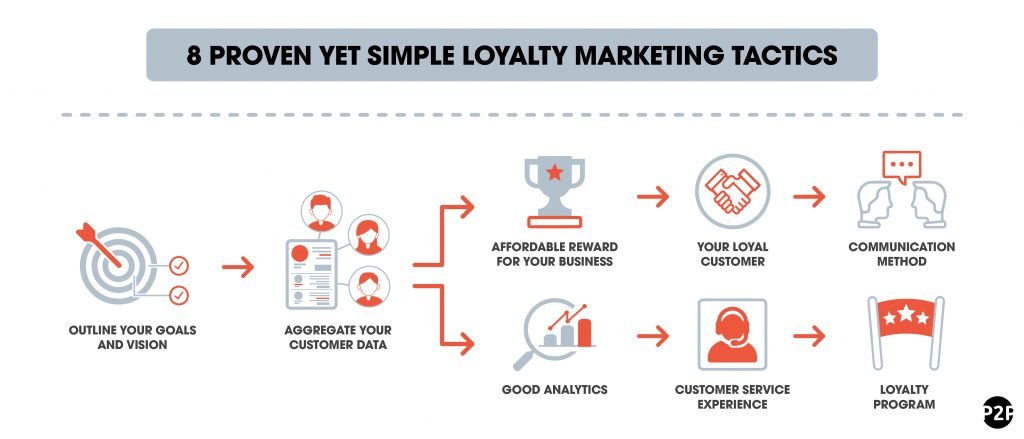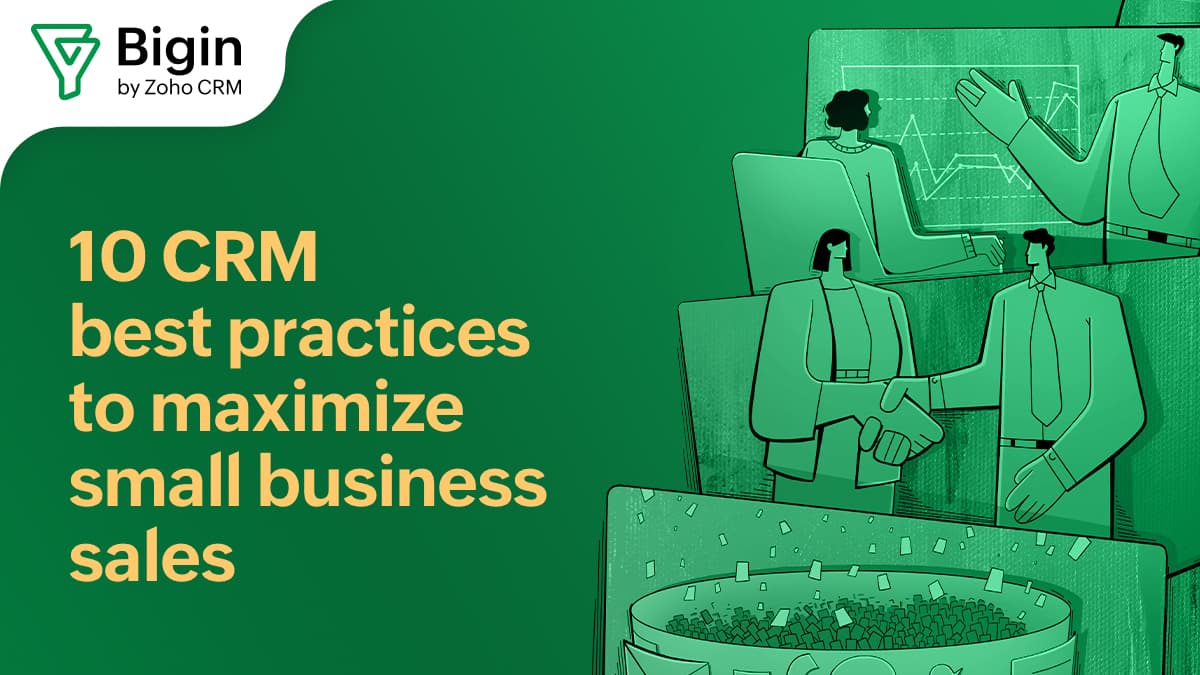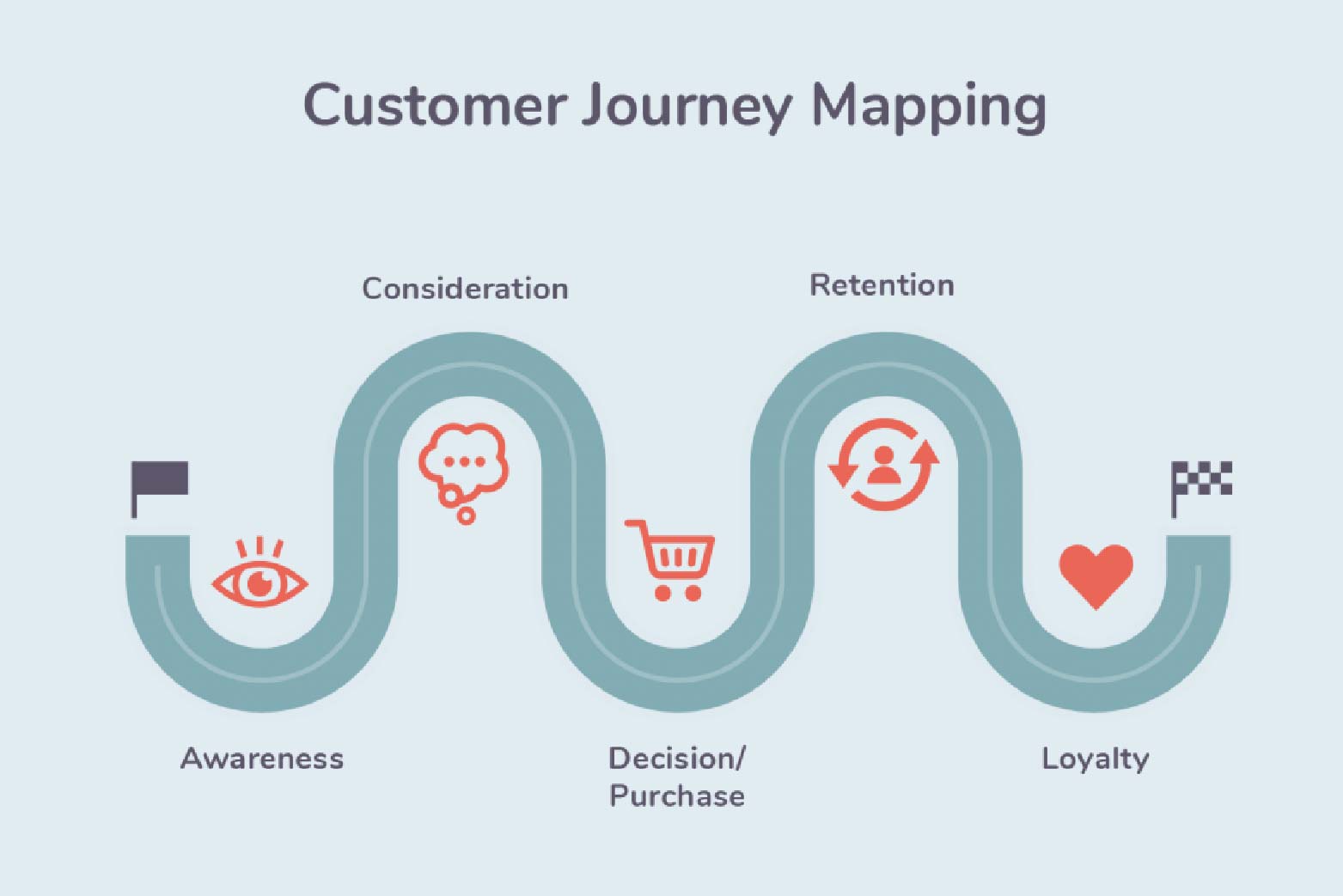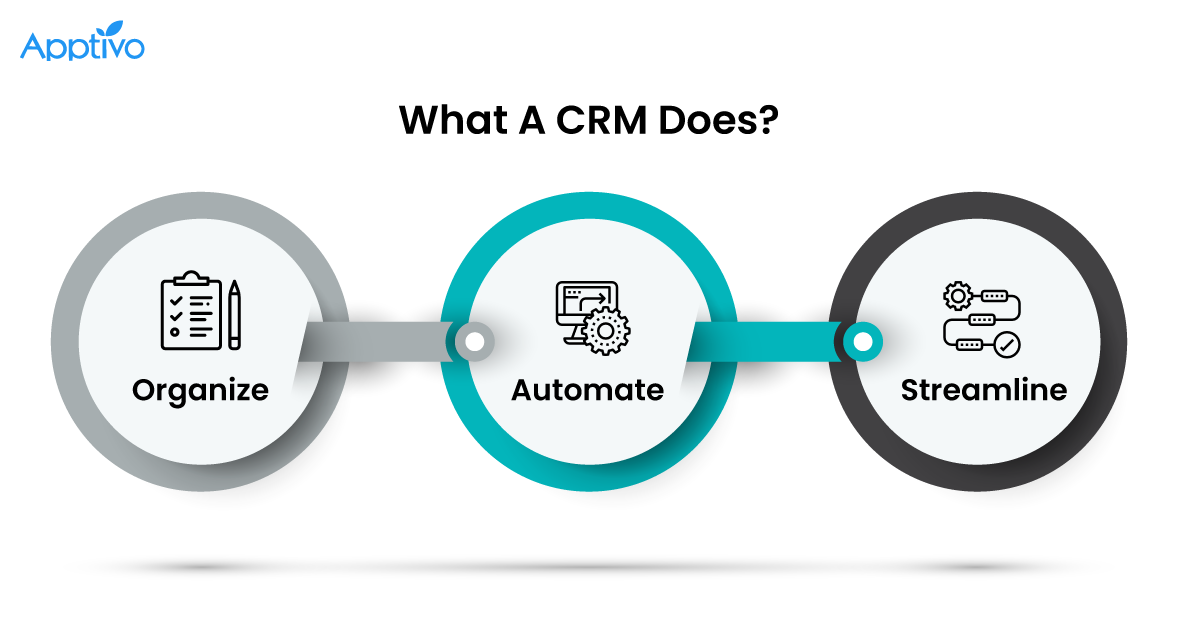Unlocking Customer Loyalty: A Comprehensive Guide to CRM Marketing and Loyalty Programs

Introduction: The Power of Loyal Customers in the Digital Age
In today’s fiercely competitive marketplace, acquiring new customers is only half the battle. The real key to sustained success lies in fostering enduring relationships with your existing clientele. This is where the dynamic duo of Customer Relationship Management (CRM) marketing and loyalty programs steps in. They’re not just buzzwords; they’re essential strategies for cultivating a loyal customer base, driving repeat business, and ultimately, boosting your bottom line.
Think about it: who is more likely to purchase from you again – a customer who has a positive experience and feels valued, or someone who is constantly bombarded with generic marketing messages? The answer is obvious. Loyal customers are your brand advocates, spreading positive word-of-mouth, and contributing significantly to your revenue. This comprehensive guide will delve deep into the world of CRM marketing and loyalty programs, exploring how to leverage these powerful tools to build lasting customer relationships.
Understanding CRM Marketing: The Foundation of Customer-Centricity
Before we dive into loyalty programs, let’s establish a solid understanding of CRM marketing. CRM, or Customer Relationship Management, is a strategic approach that centers all business activities around the customer. It’s about understanding their needs, preferences, and behaviors to deliver personalized experiences that resonate with them. CRM marketing, in essence, is the application of CRM principles to your marketing efforts.
What is CRM Marketing?
CRM marketing involves using CRM systems and strategies to manage and analyze customer interactions throughout the customer lifecycle. This includes:
- Collecting and Organizing Customer Data: Gathering information about your customers from various touchpoints, such as website interactions, purchase history, social media activity, and customer service interactions.
- Segmenting Your Audience: Grouping customers based on shared characteristics, such as demographics, purchase behavior, and engagement levels. This allows for targeted marketing campaigns.
- Personalizing Communications: Tailoring your marketing messages to individual customer preferences and needs.
- Automating Marketing Processes: Using CRM tools to automate repetitive tasks, such as email marketing campaigns and lead nurturing.
- Analyzing Customer Behavior: Tracking key metrics like customer lifetime value (CLTV), churn rate, and customer satisfaction to understand what drives customer loyalty and identify areas for improvement.
Benefits of CRM Marketing
Implementing a robust CRM marketing strategy offers a wealth of benefits, including:
- Increased Customer Retention: By understanding your customers and providing personalized experiences, you can significantly reduce customer churn.
- Improved Customer Satisfaction: Personalized communication and proactive customer service lead to happier customers.
- Enhanced Sales Efficiency: CRM systems provide sales teams with valuable insights into customer behavior, enabling them to close deals more effectively.
- Higher ROI on Marketing Campaigns: Targeted marketing campaigns are more likely to convert, leading to a better return on investment.
- Data-Driven Decision Making: CRM provides valuable data that informs all aspects of your business, from product development to customer service.
The Role of CRM Systems in CRM Marketing
A CRM system is the technological backbone of any successful CRM marketing strategy. It acts as a centralized hub for all customer data, providing a 360-degree view of each customer. Choosing the right CRM system is crucial. Consider these factors:
- Scalability: Can the system handle your current and future needs?
- Integration: Does it integrate with your existing marketing tools and platforms?
- User-Friendliness: Is it easy for your team to learn and use?
- Features: Does it offer the features you need, such as contact management, sales automation, and marketing automation?
- Reporting and Analytics: Does it provide the insights you need to track your progress and measure your success?
Popular CRM systems include Salesforce, HubSpot, Zoho CRM, and Microsoft Dynamics 365. Each has its strengths and weaknesses, so research and compare options to find the best fit for your business.
Building Effective Loyalty Programs: Rewarding Customer Behavior
Loyalty programs are a powerful tool for rewarding customer behavior and fostering long-term relationships. They go beyond simply offering discounts; they create a sense of belonging and value that keeps customers coming back for more. A well-designed loyalty program can:
- Increase Customer Retention: Loyal customers are less likely to switch to competitors.
- Drive Repeat Purchases: Rewards encourage customers to make repeat purchases.
- Boost Customer Lifetime Value: Loyal customers spend more over time.
- Gather Valuable Customer Data: Loyalty programs provide valuable insights into customer preferences and behaviors.
- Create Brand Advocates: Happy, loyal customers are more likely to recommend your brand to others.
Types of Loyalty Programs
There are various types of loyalty programs, each with its own strengths and weaknesses. The best choice depends on your business and target audience:
- Points-Based Programs: Customers earn points for purchases, which can be redeemed for rewards. This is one of the most common types of loyalty programs.
- Tiered Programs: Customers are assigned to different tiers based on their spending or engagement levels. Higher tiers offer more exclusive rewards.
- Paid Programs: Customers pay a fee to join the program and receive exclusive benefits.
- Game-Based Programs: Incorporate elements of gamification, such as challenges, badges, and leaderboards, to increase engagement.
- Partnership Programs: Partner with other businesses to offer rewards and benefits.
- Cash-Back Programs: Customers receive a percentage of their purchases back as cash.
Key Elements of a Successful Loyalty Program
Creating a successful loyalty program requires careful planning and execution:
- Define Your Goals: What do you want to achieve with your loyalty program? (e.g., increase sales, improve customer retention, gather customer data)
- Know Your Audience: Understand your customers’ needs and preferences to design a program that resonates with them.
- Offer Valuable Rewards: Rewards should be relevant, desirable, and easy to redeem. Consider offering a mix of tangible and intangible rewards.
- Make it Easy to Join and Participate: The enrollment process should be simple and straightforward.
- Communicate Clearly: Clearly explain the program rules, benefits, and how to earn and redeem rewards.
- Personalize the Experience: Use customer data to personalize rewards and communications.
- Track and Measure Your Results: Monitor key metrics like customer enrollment, engagement, and redemption rates to measure the program’s effectiveness.
Integrating CRM Marketing and Loyalty Programs: A Synergistic Approach
The true power of CRM marketing and loyalty programs is unleashed when they’re integrated. By combining these two strategies, you can create a seamless and personalized customer experience that drives loyalty and revenue. Here’s how to make it work:
- Use CRM Data to Personalize Loyalty Program Communications: Segment your loyalty program members based on their behavior and preferences, and tailor your communications accordingly.
- Track Loyalty Program Activity in Your CRM: Integrate your loyalty program data with your CRM system to get a complete view of your customers.
- Use Loyalty Program Data to Improve CRM Marketing: Analyze loyalty program data to identify customer segments and personalize your marketing campaigns.
- Automate Loyalty Program Tasks with CRM: Use CRM tools to automate tasks like sending welcome emails, rewarding points, and notifying customers about special offers.
- Offer Personalized Rewards Based on CRM Data: Use CRM data to offer personalized rewards that are relevant to each customer’s interests and purchase history.
For example, if a customer frequently purchases a specific product category, you can offer them bonus points or exclusive discounts on products within that category. Or, if a customer hasn’t made a purchase in a while, you can send them a personalized email with a special offer to encourage them to return.
Examples of Successful CRM Marketing and Loyalty Programs
Let’s look at some real-world examples of companies that are successfully leveraging CRM marketing and loyalty programs:
- Starbucks: Their rewards program is a prime example of a successful points-based program. Customers earn stars for purchases, which can be redeemed for free drinks, food, and other perks. The Starbucks app provides a seamless and personalized experience, allowing customers to order ahead, pay with their phone, and track their rewards. They also use data from the app to personalize offers and recommendations.
- Sephora: Sephora’s Beauty Insider program is a tiered program that offers exclusive rewards and experiences to its members. The program is integrated with Sephora’s CRM system, allowing them to track customer behavior and personalize their marketing efforts. They offer personalized product recommendations, exclusive events, and birthday gifts.
- Amazon Prime: While not strictly a loyalty program, Amazon Prime is a paid membership program that offers a wide range of benefits, including free shipping, exclusive discounts, and access to streaming services. This program drives customer loyalty by providing significant value and convenience. Amazon uses its vast customer data to personalize recommendations and offers.
- Nike: Nike’s loyalty program, Nike Membership, offers personalized experiences, exclusive products, and early access to new releases. They also use the program to gather data on customer preferences and behaviors.
These examples demonstrate the power of integrating CRM marketing and loyalty programs to create a seamless and personalized customer experience.
Best Practices for CRM Marketing and Loyalty Programs
To maximize the effectiveness of your CRM marketing and loyalty programs, keep these best practices in mind:
- Focus on the Customer: Always put the customer first. Understand their needs, preferences, and behaviors.
- Collect and Analyze Data: Data is the lifeblood of CRM marketing and loyalty programs. Collect and analyze data to gain insights into your customers.
- Personalize the Experience: Tailor your communications, rewards, and offers to individual customer preferences.
- Automate Where Possible: Automate repetitive tasks to save time and improve efficiency.
- Be Consistent: Maintain a consistent brand message and customer experience across all touchpoints.
- Be Transparent: Be clear and transparent about your program rules, benefits, and how customer data is used.
- Continuously Test and Optimize: Regularly test and optimize your campaigns and programs to improve their effectiveness.
- Embrace Technology: Leverage the latest CRM and marketing automation tools to streamline your operations.
- Provide Excellent Customer Service: Exceptional customer service is essential for building loyalty.
- Stay Agile: The marketing landscape is constantly evolving. Be prepared to adapt your strategies as needed.
Challenges and How to Overcome Them
While CRM marketing and loyalty programs offer significant benefits, they also come with challenges. Here’s how to overcome them:
- Data Silos: Data silos can make it difficult to get a complete view of your customers. To overcome this, integrate your CRM system with all your other marketing and sales tools.
- Lack of Integration: If your CRM and loyalty program are not integrated, you won’t be able to personalize the customer experience. Invest in a CRM system that integrates seamlessly with your loyalty program.
- Poor Data Quality: Inaccurate or incomplete data can lead to poor decisions. Implement data cleansing and validation processes to ensure data quality.
- Lack of Personalization: Generic marketing messages and rewards will not resonate with customers. Use customer data to personalize every aspect of the customer experience.
- Lack of Engagement: If your loyalty program is not engaging, customers won’t participate. Incorporate gamification, offer valuable rewards, and communicate regularly.
- Privacy Concerns: Customers are concerned about how their data is used. Be transparent about your data privacy practices and comply with all relevant regulations.
The Future of CRM Marketing and Loyalty Programs
The future of CRM marketing and loyalty programs is bright, driven by technological advancements and evolving customer expectations. Here are some trends to watch:
- Artificial Intelligence (AI): AI will play a bigger role in personalizing customer experiences, automating marketing tasks, and predicting customer behavior.
- Machine Learning (ML): ML will enable businesses to analyze vast amounts of customer data to identify patterns and insights.
- Hyper-Personalization: Customers will expect highly personalized experiences, tailored to their individual needs and preferences.
- Mobile-First Approach: Mobile devices will continue to be the primary channel for customer engagement.
- Omnichannel Experience: Customers will expect a seamless experience across all channels, including online, offline, and mobile.
- Focus on Customer Lifetime Value (CLTV): Businesses will increasingly focus on maximizing CLTV by building long-term customer relationships.
- Emphasis on Data Privacy: Data privacy will remain a top priority, with businesses implementing more robust data security measures.
Conclusion: Building Lasting Customer Relationships
CRM marketing and loyalty programs are not just marketing tactics; they are fundamental strategies for building lasting customer relationships and driving business success. By embracing a customer-centric approach, collecting and analyzing customer data, personalizing the customer experience, and offering valuable rewards, you can cultivate a loyal customer base that will fuel your growth for years to come.
Remember, building loyalty is an ongoing process. It requires continuous effort, adaptation, and a genuine commitment to understanding and serving your customers. By consistently delivering exceptional experiences, you can transform your customers into brand advocates who will help you achieve your business goals.
So, take the time to evaluate your current CRM marketing and loyalty programs. Identify areas for improvement and implement the best practices outlined in this guide. The investment in these strategies will pay off handsomely in the long run, leading to increased customer retention, higher revenue, and a stronger brand reputation.
The journey to customer loyalty is a marathon, not a sprint. Start building those relationships today, and watch your business thrive!




